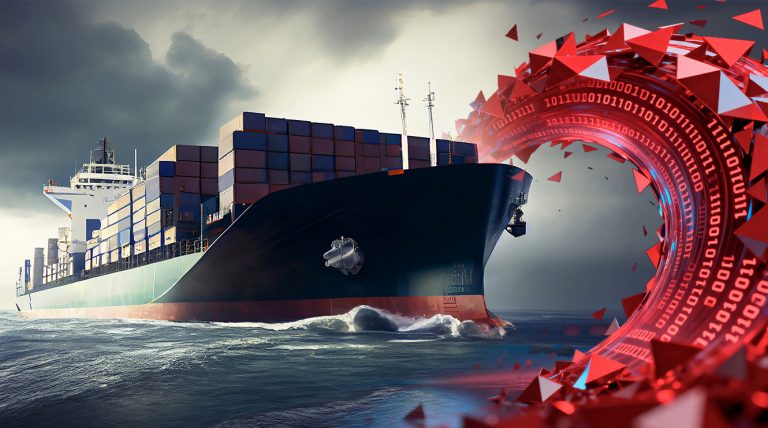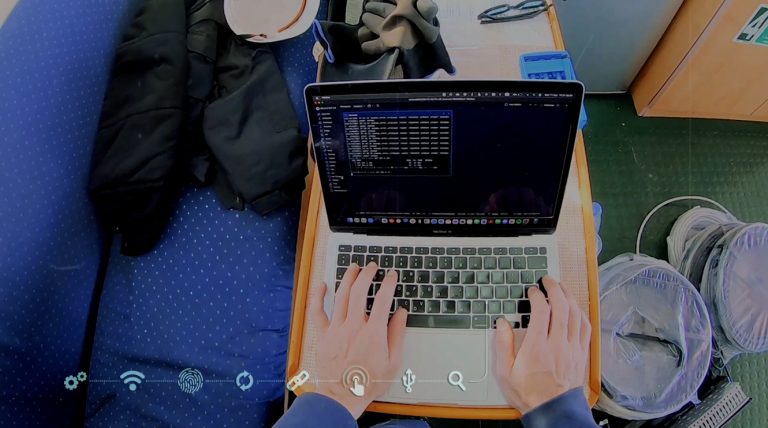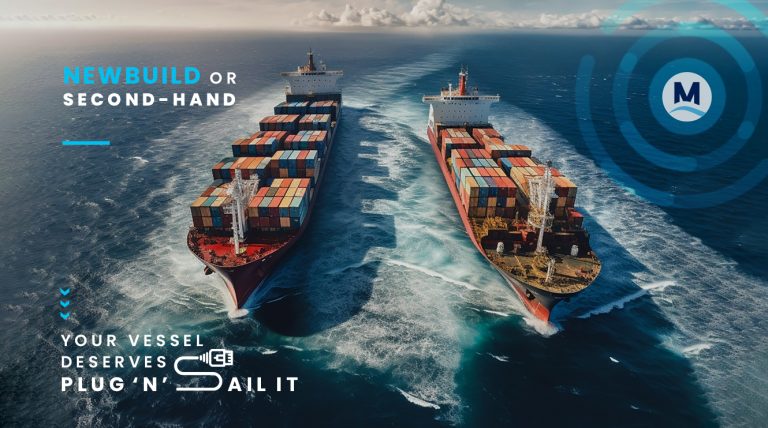In a monumental feat of engineering, NASA has successfully transmitted a message via laser beam from a spacecraft nearly 10 million miles away, heralding a new era of high-speed data transfer between Earth and spacecraft. This groundbreaking achievement, accomplished through NASA’s Deep Space Optical Communications (DSOC) system, holds immense promise for revolutionizing satellite communications and transforming our exploration of the cosmos.
DSOC: A Beacon of Communication in the Vast Expanse
The DSOC system operates through a California-based observatory that acts as a guiding light, directing the Psyche spacecraft’s laser transmitter towards another observatory equipped to decode the signals. With transmission speeds 10 to 100 times faster than current space communication methods, DSOC ushers in a new era of high-speed data exchange, enabling the transfer of large amounts of data, such as streaming video and high-resolution images, with minimal delays.
Laser Communication: A Leap Forward in Connectivity
Laser communication offers several advantages over traditional radio frequency (RF) communication, making it an ideal solution for future satellite communication needs:
- Higher Bandwidth: Laser communication can transmit data at significantly higher bandwidths than RF communication, enabling the transfer of large amounts of data, such as streaming video and high-resolution images.
- Lower Latency: Laser communication experiences lower latency than RF communication, minimizing delays between sending and receiving data. This is crucial for real-time applications like video conferencing and financial trading.
- Smaller Antennas: Laser communication systems require much smaller antennas than their RF counterparts, making them easier to deploy and reducing potential interference.
Unlocking New Frontiers with Laser Communication
The potential applications of laser communication are vast and promising, offering solutions for connectivity, exploration, and scientific advancement:
- Bridging the Digital Divide: Laser communication could provide high-speed internet access to remote areas, connecting underserved communities and bridging the digital divide.
- Transforming Visual Experiences: Laser communication enables the transmission of high-resolution video and images.
- Real-Time Space Communication: Laser communication facilitates real-time communication between space and Earth, enabling swift and efficient data exchanges critical for communication success.
The Future: A Universe Connected by Laser Light
The successful transmission of data via laser communication marks a turning point in satellite communications. As we stand at the threshold of a new era, it is evident that the landscape of satellite communication is rapidly evolving. The advent of low-Earth orbit (LEO) satellite constellations like Starlink is revolutionizing the maritime communications ecosystem, providing high-speed internet access to ships at sea. This transformative technology has already demonstrated the tangible benefits of enhanced connectivity, enabling real-time communication, data exchange, and access to essential services for mariners.
With laser communication poised to further enhance satellite communication capabilities, the future holds immense promise for a universe connected by laser light. This groundbreaking technology has the potential to redefine the way we connect, explore, and understand the cosmos. As we venture further into the vast expanse of space, laser communication will undoubtedly play a pivotal role in shaping our interactions with the universe and expanding the boundaries of our knowledge.





